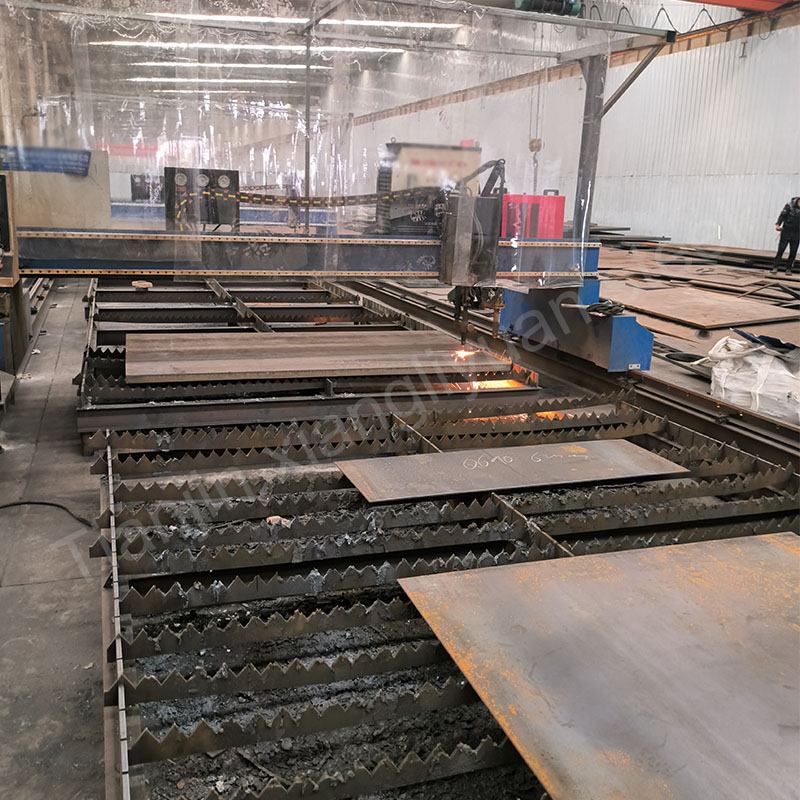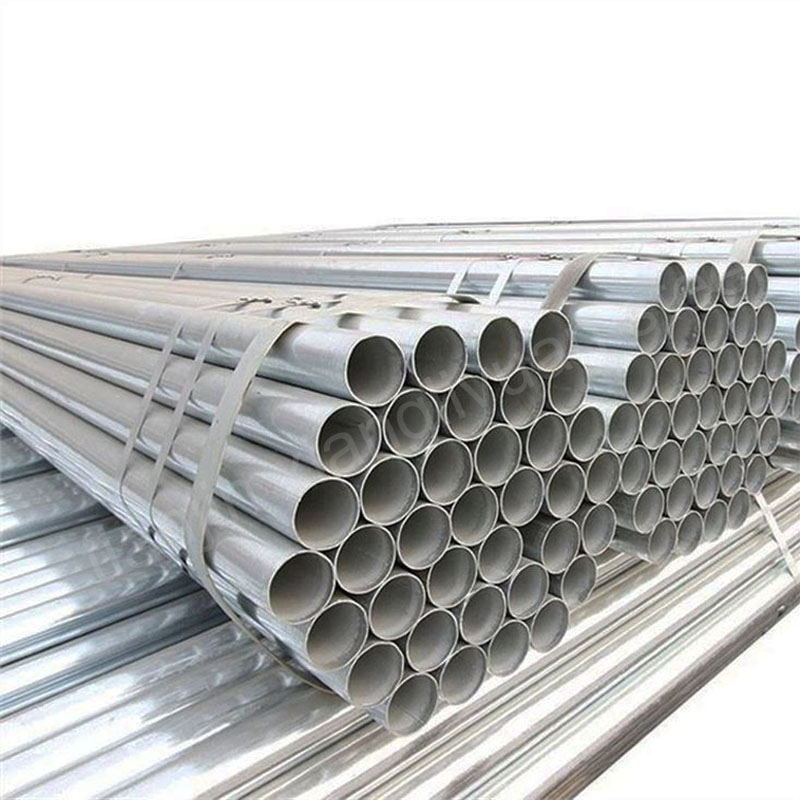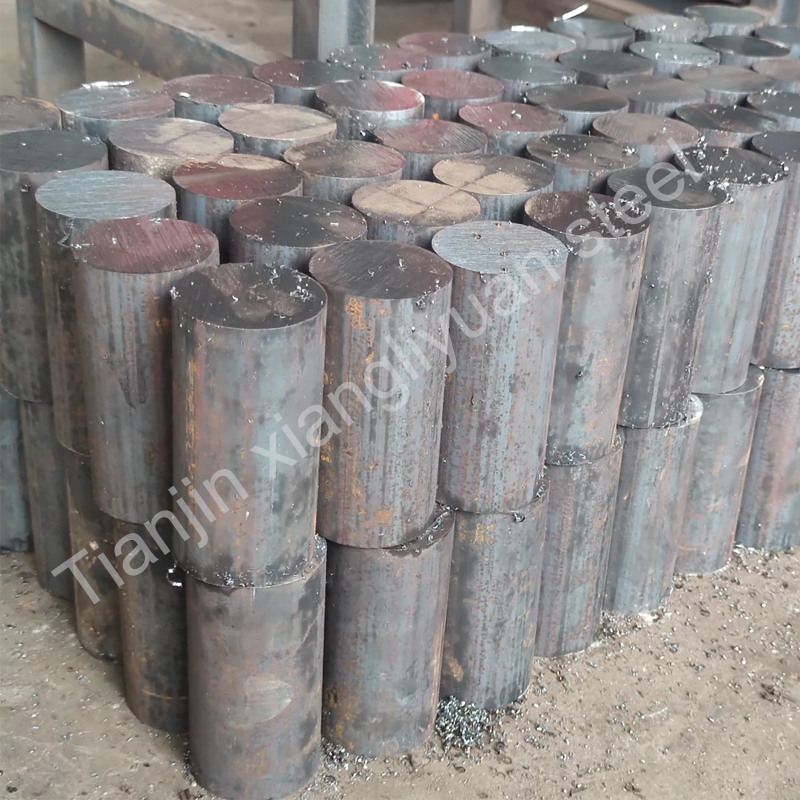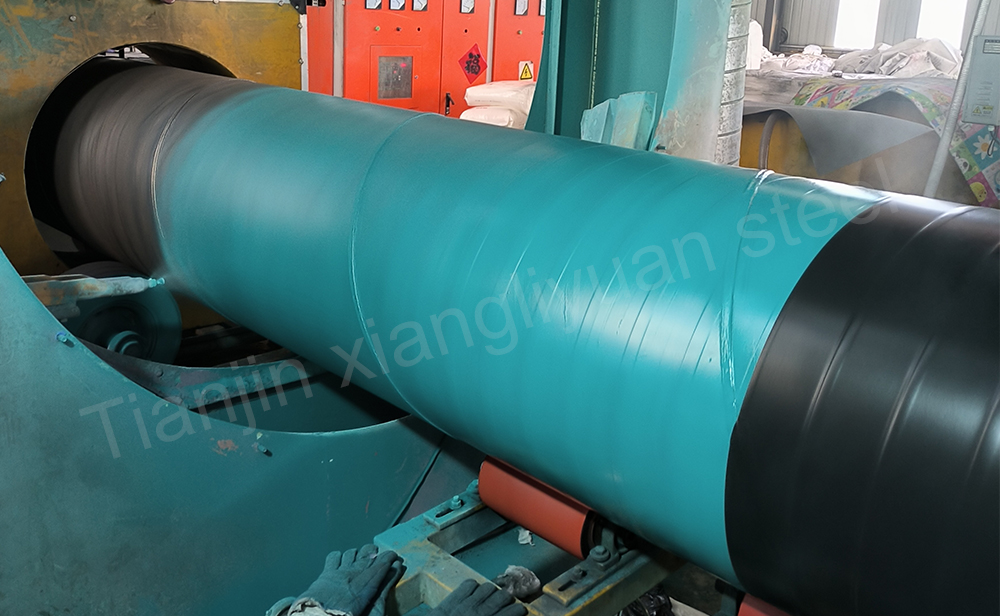To answer this question, we need to understand the difference between low carbon steel and high carbon steel
According to the chemical composition of steel, it can be divided into two categories: carbon steel and alloy steel.
Carbon steel is further divided into:
① Low carbon steel, with a carbon content of less than 0.25%;
② Medium carbon steel, with a carbon content of 0.25%-0.6%;
③ High carbon steel, with a carbon content of more than 0.6%;
Low carbon steel (mild steel) is a carbon steel with a carbon content of less than 0.25%. It is also called mild steel because of its low strength, low hardness and softness. It includes most ordinary carbon structural steels and some high-quality carbon structural steels. Most of them are used for engineering structural parts without heat treatment, and some are used for mechanical parts requiring wear resistance after carburizing and other heat treatments.
Medium carbon steel has good hot processing and cutting performance, but poor welding performance. The strength and hardness are higher than those of low carbon steel, while the plasticity and toughness are lower than those of low carbon steel. Cold rolled and cold drawn materials can be used directly without heat treatment, or after heat treatment. Medium carbon steel has good comprehensive mechanical properties after quenching and tempering. The highest hardness that can be achieved is about HRC55 (HB538), and σb is 600-1100MPa. Therefore, medium carbon steel is most widely used in various uses with medium strength levels. In addition to being used as a building material, it is also widely used to manufacture various mechanical parts.
High carbon steel (High Carbon Steel) is often called tool steel, with a carbon content ranging from 0.60% to 1.70%. It can be quenched and tempered, and has poor welding performance. Hammers, crowbars, etc. are made of steel with a carbon content of 0.75%; cutting tools such as drills, taps, reamers, etc. are made of steel with a carbon content of 0.90% to 1.00%.
Comparison of welding performance of low carbon steel and high carbon steel
The quality of steel welding performance mainly depends on its chemical composition. Among them, the element with the greatest influence is carbon, that is, the amount of carbon in the metal determines its weldability. Most of the other alloying elements in steel are also not conducive to welding, but their influence is generally much smaller than that of carbon.
Generally, low-carbon steel has good weldability and generally does not require special process measures. Only when it is low temperature, thick plate or has higher requirements, it is necessary to use basic welding rods for welding and preheat appropriately. When the carbon and sulfur content in low-carbon steel are both biased towards the upper limit, in addition to requiring the use of high-quality low-hydrogen welding rods, taking preheating and post-heating measures, it is also necessary to reasonably select the groove form and reduce the fusion ratio to prevent the occurrence of hot cracks.
Medium-carbon steel has a tendency to cold crack when welding. The higher the carbon content, the greater the tendency of hardening in the heat-affected zone, the greater the tendency of cold cracking, and the worse the weldability. As the carbon content of the parent material increases, the carbon content of the weld metal will also increase accordingly. Coupled with the adverse effects of sulfur, hot cracks are easily formed in the weld. Therefore, medium carbon steel welding should use alkaline welding rods with good crack resistance, and take preheating and post-heating measures to reduce the tendency of cracks.
When welding high carbon steel, due to the high carbon content of this steel, it will produce a lot of welding stress during welding, and the hardening and cold cracking tendency of the welding heat affected zone is greater. At the same time, the weld is more prone to thermal cracks. High carbon steel is more likely to produce thermal cracks than medium carbon steel when welding, so this type of steel has the worst weldability, so it is not used in general welding structures, and is only used for casting repair welding or surfacing. After welding, the weldment should be tempered to eliminate stress, fix the structure, prevent cracks and improve the performance of the weld.






